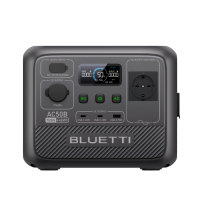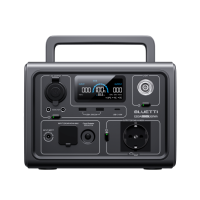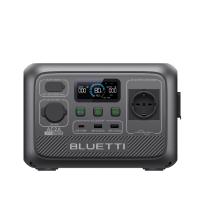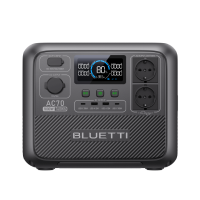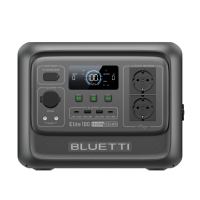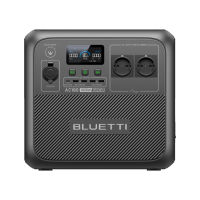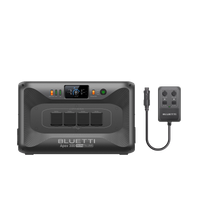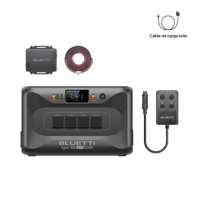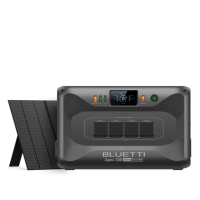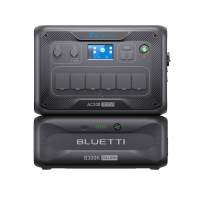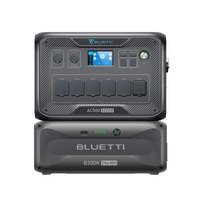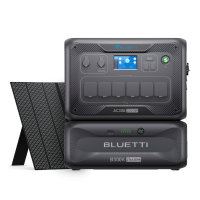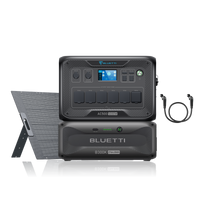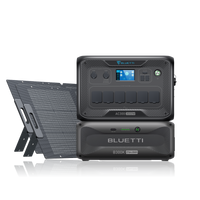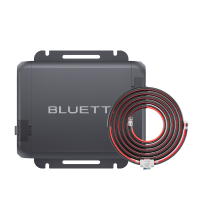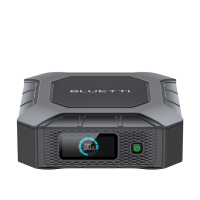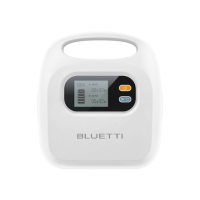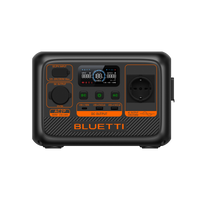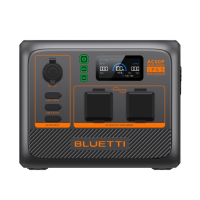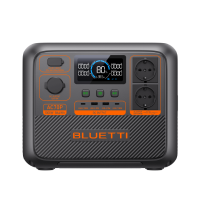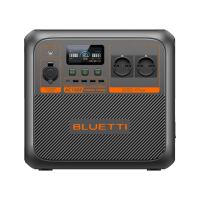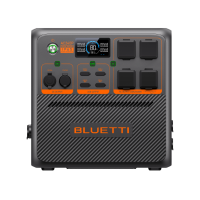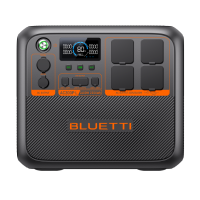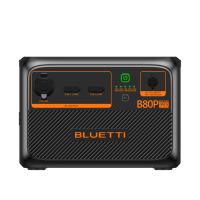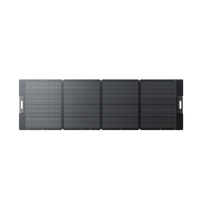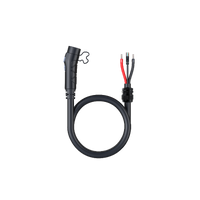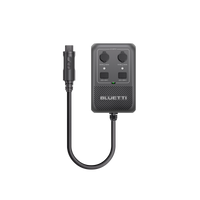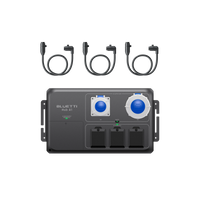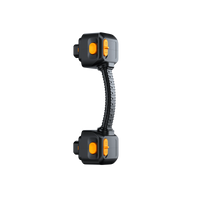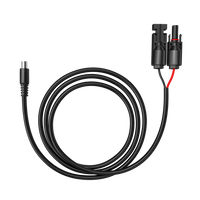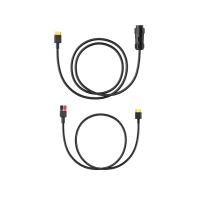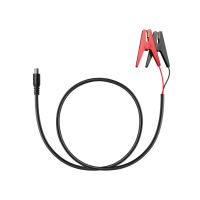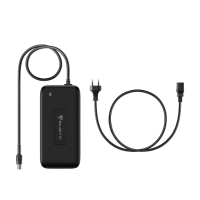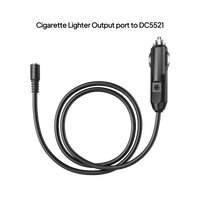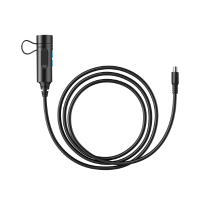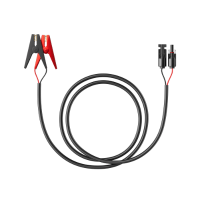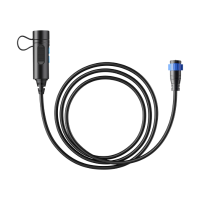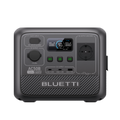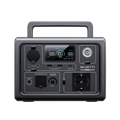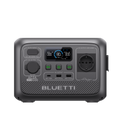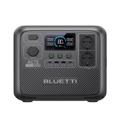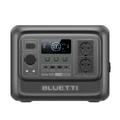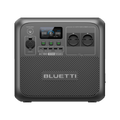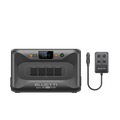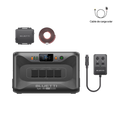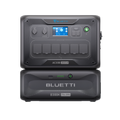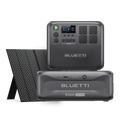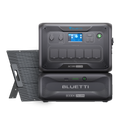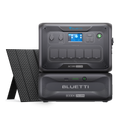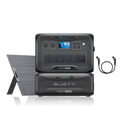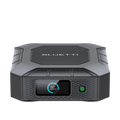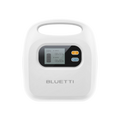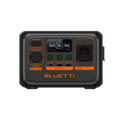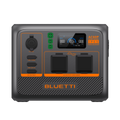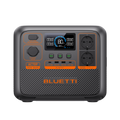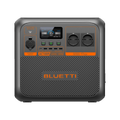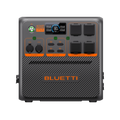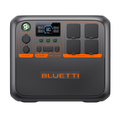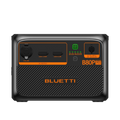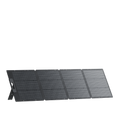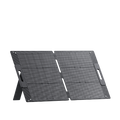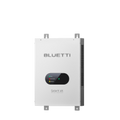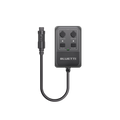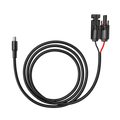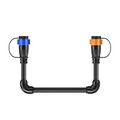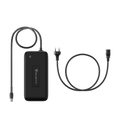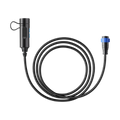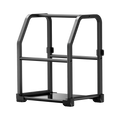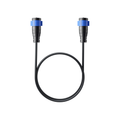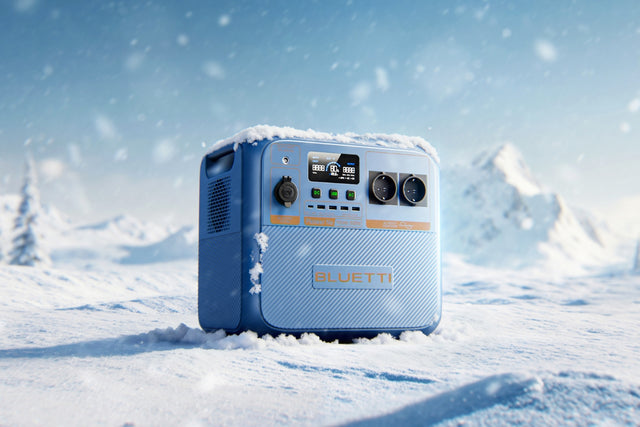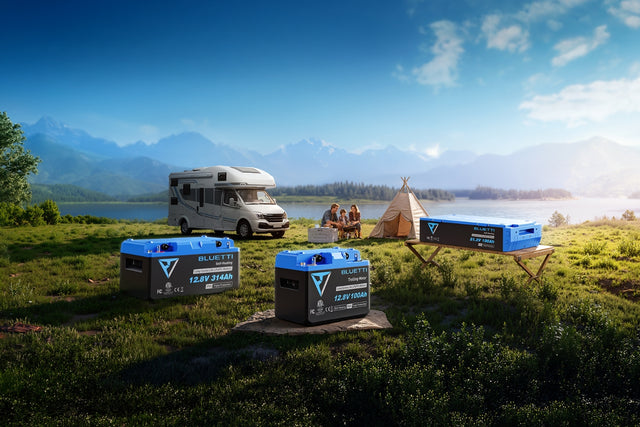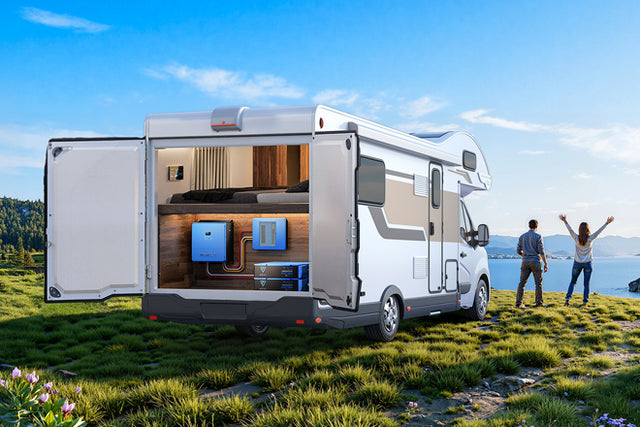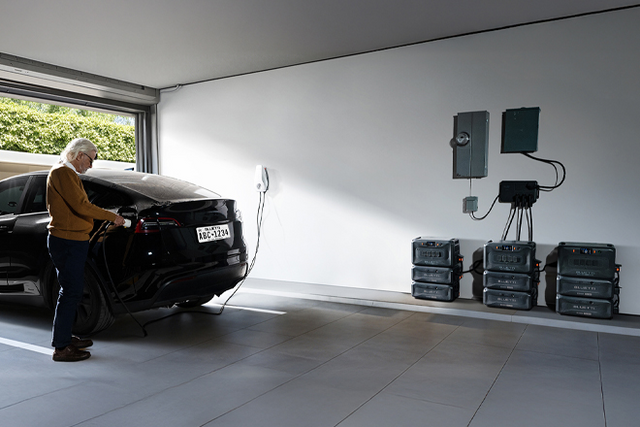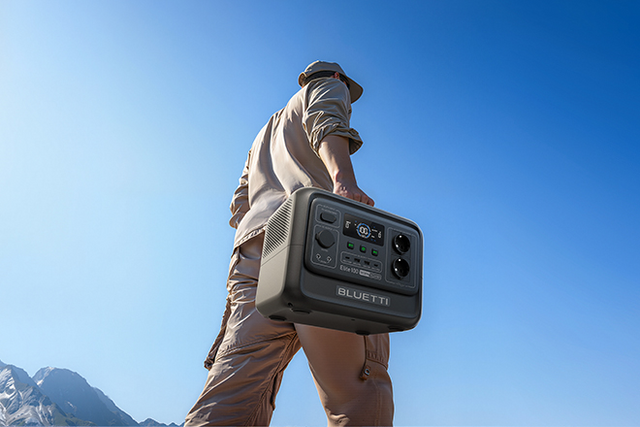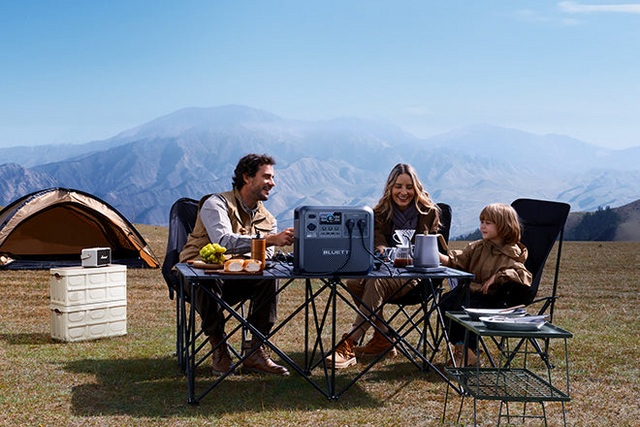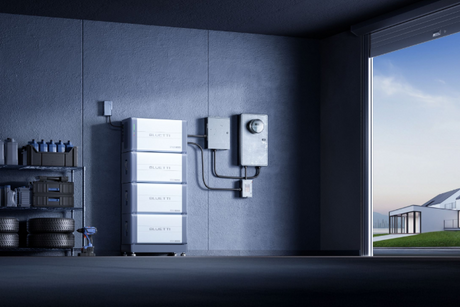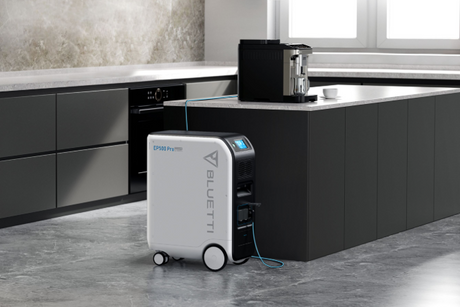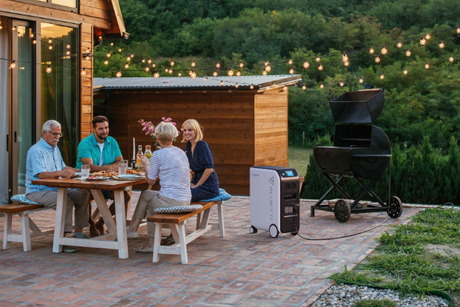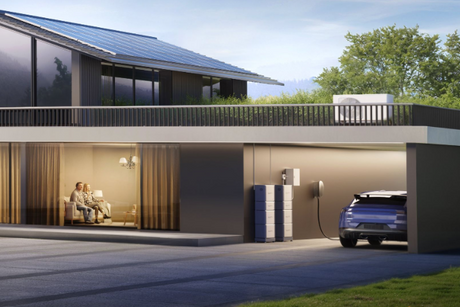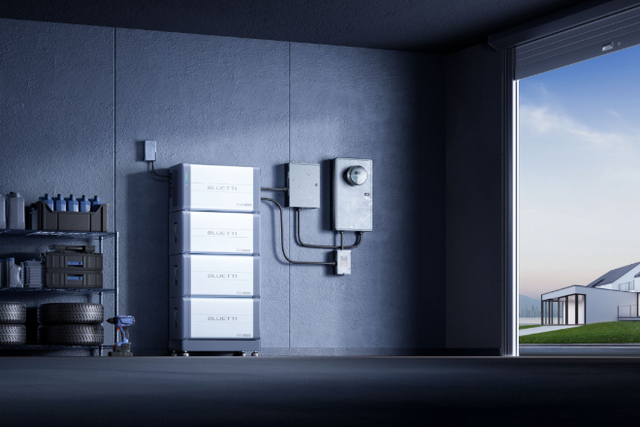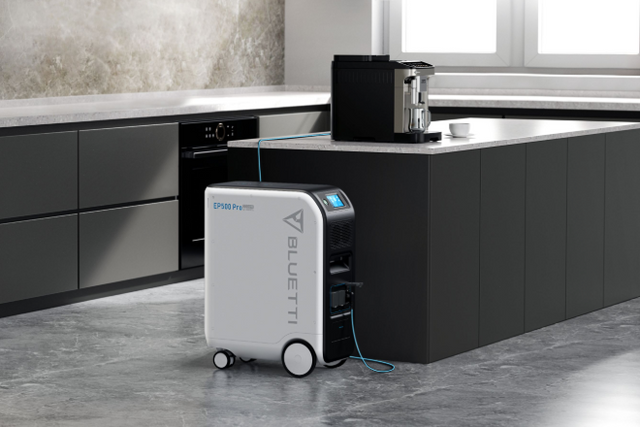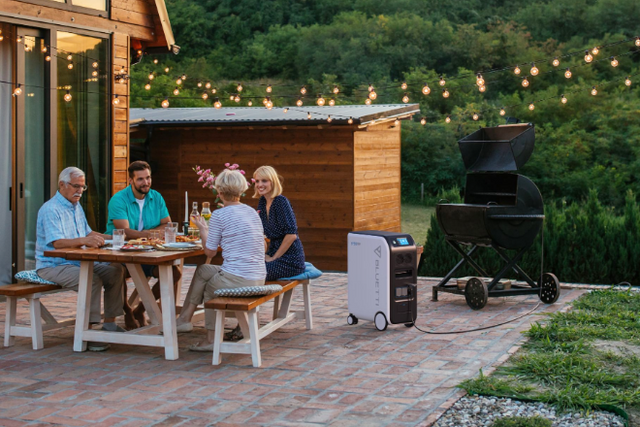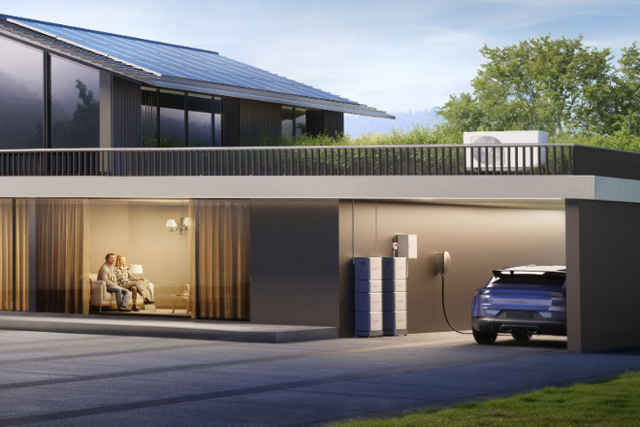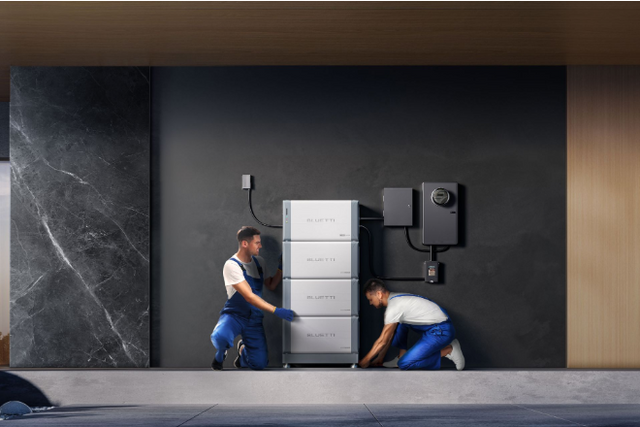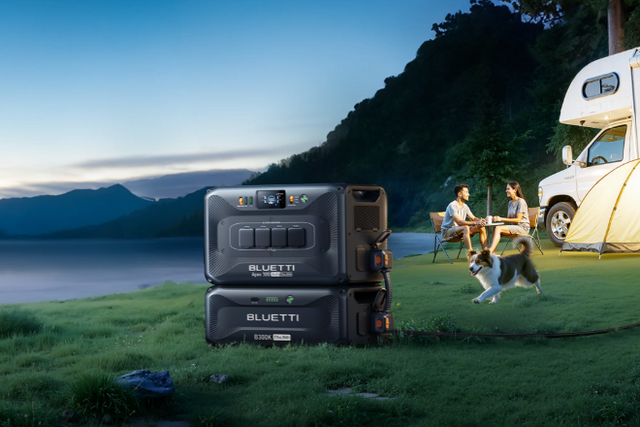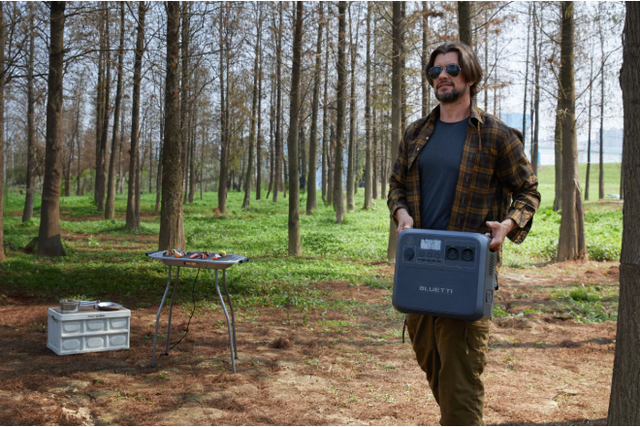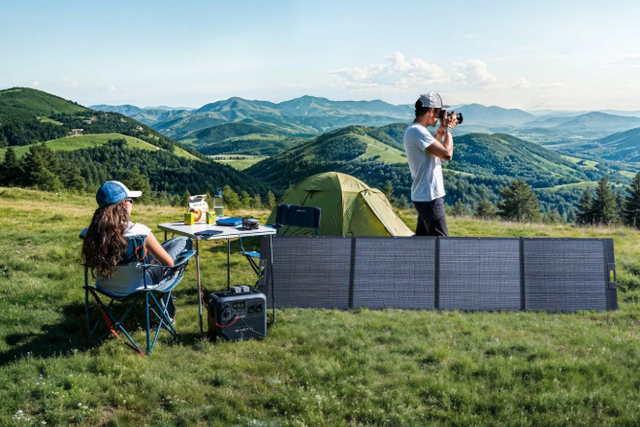If this winter you would like to continue making mythical getaways in your van surely you have already read about the importance of having a stationary heater . Although, if you had not considered it yet, here we explain why it is important that you take it into account and what are the different alternatives that you currently have on the market.
In fact, whatever you look for, you'll see an endless number of options: weird nomenclatures; technical features that, if you are new, you will not understand; well-known brands, brands that are not; mixed reviews, etc.
For this reason, it is important that you join us in this article in which we will give you the practical and basic information with which you can choose a stationary heater that is 100% adapted to your needs and your vehicle.
Let's start at the beginning. What is stationary heating?
Cars, vans, motorhomes, trucks, in short, all vehicles have the classic heating system that only works when the engine is on. And here we have the first problem, and it is that if we go on the road to an area where the temperatures are low, we will also need to warm up while the vehicle is parked.
It is for this reason that many van travelers choose to install an independent heating system with which to heat the rest of the cabin while the campervan is parked. This independent heating is stationary heating.
It has the characteristic of running with the fuel of the van itself. And although stationary heating consumption is very low, in the medium term you will see that a part of your diesel or gasoline budget will be increased by the use of stationary heating.
To give you an idea, stationary heating consumption is more or less 1 liter of gasoline every 8 hours of use , approximately. Although this value could vary depending on the power used and depending on whether those 8 hours are continuous or alternate, since the heaters tend to use much more power to start than to stay on.

What should be taken into account to choose the best stationary heating?
Now we are going to go through the important information that you must take into account and know before finally choosing one or another stationary heating.
Keep in mind approving a stationary heater
The first thing you will come across when you start looking for stationary heating is the price difference. You can find, on the one hand, the most recognized brands such as Webasto, Autoterm or Eberspächer that have heaters between €500 and €1. €000; and on the other hand, many other Chinese brands in stores like Amazon that can cost between €100 and €200.
As you can see, they are two completely different realities but it is important that you choose beyond the price. And it is that, for example, the Chinese brands do not include the European CE homologation certificates or the certificates of compliance with the R10 and R122 regulations.
At this point, many travelers find themselves at a crossroads because the difference in prices can make anyone doubt. And, the truth is that there is no correct answer because at a technical level all the brands are very similar and have quite good performance.
So, in order for you to make a decision, consider this information:
- With a Chinese stationary heater it will be impossible to approve a stationary heater. That is, it will not be able to pass the ITV because they are not approved under European standards.
- Keep in mind that if you choose a Chinese brand and install it, you could have problems passing the ITV due to the modification in the sheet metal and the connection to the diesel tank without approval.
- Many travelers comment in forums and blogs that when it comes to passing the ITV they have never had a problem with their Chinese-brand stationary heating because they don't usually pay attention. Even so, since it is not legally allowed, you should know that there is a possibility of seeing yourself in a compromising situation.
- Chinese heaters, in terms of power and quality, are very similar (if not the same) to European brands.
- The best legal alternative between the European and Chinese stationary heaters, are the Chinese portable stationary heaters that are cheaper and do not require installation or approval of a stationary heater. But they are dangerous if not used properly.
- You will be able to approve a stationary heater from these brands: Webasto, Autoterm or Eberspächer, since they are the only ones that currently comply with all European approval standards.

Choose a stationary heater depending on the size of your vehicle
Once you decide what brand you want your next stationary heating to be, the next thing you will see is that there are different heat outputs. For this, you must take into account the size of your vehicle. Normally the stationary heaters can go from 2Kw, 5Kw and 8 Kw.
- For small camper vansof the Trafic, Vivaro or VW transporter type, heaters with a power of 2 Kw with a very low consumption of between 0.10 liters will suffice and 0.2 liters per hour.
- For large volume vans such as motorhomes or with measures of approximately 5 meters long and 3 meters high, it will be necessary to opt for stationary heating of between 3.5Kw and 5Kw that have an approximate consumption of 0.20 liters and 0.60 liters of diesel every hour.
As you may have noticed, it is not necessary to have great power in your vehicle either, since with the appropriate insulation accessories, a caloric power of 2Kw is more than enough which, in addition, will have a lower stationary heating consumption of diesel.
In any case, if you are not sure what power you should choose for your next stationary heater, perhaps you can first contact the workshop that is going to install it and confirm with them if the power you have in mind is the proper one.

Budget for approval and installation of stationary heating
Once you are clear about the brand and model of stationary heating you want for your camper van, the next thing you will have to know is how to install it. From the outset, the best thing to do is find a workshop specialized in campervans, compare opinions in van forums, read reviews on the internet and look for all the information you need to make sure that the workshop where you are going to take it is professional. trusted.
Regardless of where you want to install your stationary heating, we would like you to get a first idea of how much both the heating itself and the installation cost of the stationary heating can cost you. And the first thing you should know is that, normally, it will be more costly to buy a “Complete Pack” in a workshop, that is, heating, approval and installation; than not buy and install it separately.
These are the separate prices of each product and service available:
- Eberspacher stationary heating: 800 - 900 € approximately
- Webasto stationary heating: 850 - 900 € approximately
- Autoterm stationary heating: 500 - 600 € approximately
- Hire only the installation in the workshop: approximately €200 - €300
- Approval from the workshop (if you installed it yourself): approximately €50 - €100
COMPLETE PACK of Heating + approval + installation of stationary heating: €800 - €1,150
As we said, as soon as you look at prices and receive quotes, you will immediately realize that it is much better to request the complete pack. Not only for economic reasons, but for security . And it is that, to carry out the installation of the stationary heating you will need to drill the sheet metal and do works in your van or motorhome. For which experience, an adapted space and the appropriate tools are required.

Essential accessories before investing in stationary heating
Finally, in this article dedicated to stationary heating, we would like to include the elements that your camper van or motorhome should have before making an investment of these dimensions.
- Insulation: This is an essential imperative and, honestly, it is useless to install stationary heating if you do not have a well-insulated cabin. In an environment with low temperatures and a vehicle that is not insulated, two things can happen: that you are forced to have the heating at full capacity throughout the night or day, or that the cabin gets too hot in a short time and you have to go turning the heating off and on. Neither of these situations is entirely healthy or profitable. So it is best to make sure you have a minimum of insulation in the cabin so that the heat remains inside for longer without consuming a lot.
- Insulation of windows and skylights: If you already have the previous point and want to take your insulation to another level, you can also think about doing something with the windows and skylights that are the leaks of major heat. For this it will be necessary to use thermal insulators. The more layers these insulators have, the better and you can always remove them and put them on when you see fit.
- Carbon Monoxide Detector: Whenever appliances that use gas or oil derivatives are used, it is important to have a carbon monoxide detector. Monoxide can have fatal consequences for those who breathe it. But the worst thing is that, being odorless, it is impossible to detect by yourself when a leak is taking place.
- Sleeping accessories to achieve greater energy savings: Although we have stationary heating and good insulation, we should try not to use it during the whole night. And it is that these heaters tend to dry the environment a lot, which can irritate our throats and nasal passages. So, some bedding accessories such as duvets, winter pajamas or thermal covers can help us to be at a suitable temperature throughout the night.
Shop products from this article
You May Also Like

¿Cuál es el mejor aire acondicionado portátil para este verano? Opciones sin instalación, sin tubo y con energía solar

¿Qué grupo electrógeno elegir: solar, diésel o gasolina? La solución inteligente de BLUETTI para el presente y el futuro




